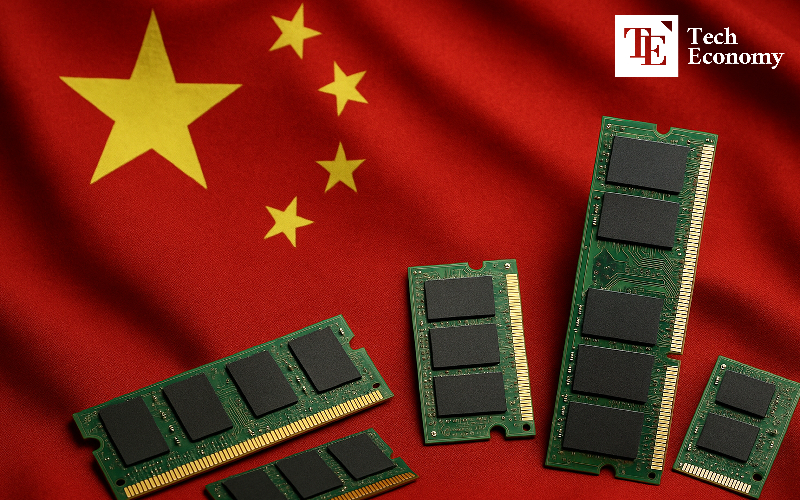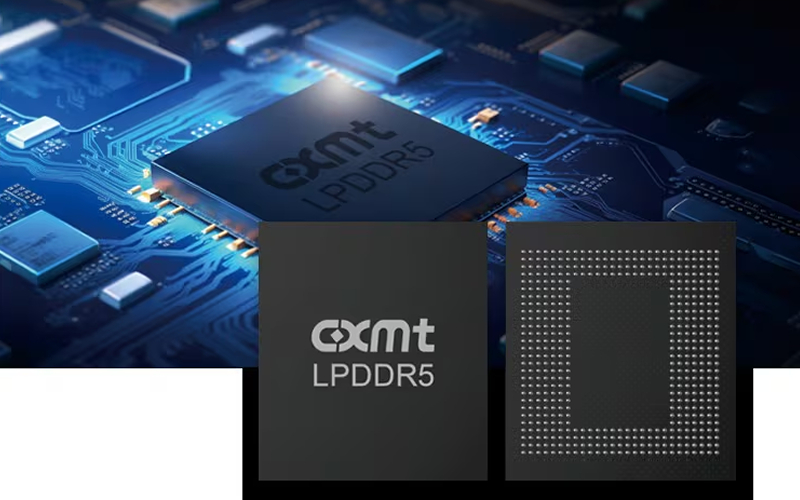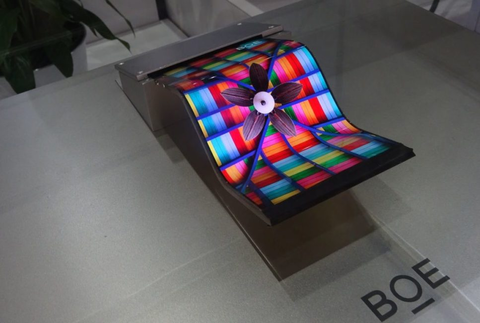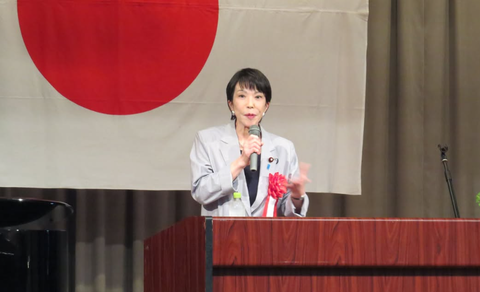“Rapid Growth in Volume and Technology” — China Disrupts the Global Memory Semiconductor Market
Input
Changed
CXMT and YMTC Expand Production Rapidly to Capture Market Share Will Rising DDR4 Prices Provide Additional Tailwinds? Chinese Firms Also Eye High-Value Products Like DDR5 and HBM

The influence of Chinese memory semiconductor companies—Changxin Memory Technologies (CXMT) and Yangtze Memory Technologies Co. (YMTC)—in the global market is strengthening. This is the result of a significant increase in market share built upon rapidly expanded production volumes over the past few years. Market analysts forecast that the presence of Chinese firms will soon become visible in advanced memory markets such as Double Data Rate (DDR) 5 and High Bandwidth Memory (HBM).
Volume Offensive by Chinese Memory Chipmakers
According to a recent report by market research firm Omdia on July 21, CXMT's DRAM production capacity (in terms of wafer input) reached 720,000 wafers in the third quarter of this year, a 70% increase compared to the same period last year (420,000 wafers). On an annual basis, CXMT’s DRAM wafer production is expected to rise from 1.62 million last year to 2.73 million this year. Considering that CXMT's average monthly DRAM production stood at only 100,000 wafers as recently as the first quarter of last year, this growth is remarkable.
Its market share is also rapidly expanding. According to data from Chinese consulting firm Qianzhan, CXMT's DRAM market share, which remained below 1% in 2020, grew to 5% last year. Another market research firm, TrendForce, predicts that CXMT's DRAM market share could reach 12% by the end of this year. Dan Hutcheson, Vice Chair of semiconductor research firm TechInsights, told the Financial Times (FT) that “CXMT’s market share is still low but its rapid growth is creating a ‘snowball effect,’” adding, “This mirrors how Korea displaced Japan in the memory sector.”
In the NAND flash market, YMTC is continuing its volume expansion strategy. While major players such as Samsung Electronics, SK Hynix, Kioxia, and Micron have maintained a production cut stance, YMTC has drastically increased output at its second plant in Wuhan since the first quarter of last year. YMTC’s NAND output from its Wuhan Line 2 reached 130,000 wafers in the second quarter of this year, more than doubling from 60,000 during the same period last year. YMTC’s total NAND production also rose by 42% year-over-year.
Soaring DDR4 Prices — Will CXMT Adjust Its Strategy?
There are growing expectations that Chinese memory firms’ growth trajectories will steepen. This is largely due to the soaring prices of DDR4, a general-purpose (legacy) DRAM product and CXMT’s flagship offering. According to TrendForce, the price of 16-gigabyte (Gb) DDR4 jumped from an average of $5.60 on May 23 to $11.50 on June 20—more than doubling in just four weeks. TrendForce forecasts that DDR4 prices could surge by over 40% in the third quarter of this year.
Prices of general-purpose DRAM had previously plummeted due to oversupply driven by Chinese output and weak downstream demand, but began rebounding sharply in April. As Samsung, SK Hynix, and Micron successively decided to halt DDR4 production, PC and IT equipment manufacturers began stockpiling inventories out of concern over potential tariff hikes under the Donald Trump administration. As a result, the year-on-year export growth rate of general-purpose DRAM, which dropped to 15.7% in February, exceeded 20% for four consecutive months: 27.8% in March, 38.0% in April, 36.0% in May, and 25.5% from June 1 to 20.
If this trend continues, changes in DDR4 production plans by Chinese memory firms appear likely. A market insider commented, “CXMT has formulated plans to gradually cease DDR4 production for server and PC applications by mid-next year,” but added, “If DDR4 prices continue to rise, the actual cessation date may be postponed.” The insider further noted, “SK Hynix and Samsung Electronics are also reportedly suspending their plans to phase out DDR4 production.”

CXMT’s Technological Leap Forward
The fact that Chinese companies are intensifying efforts in advanced memory product development is also noteworthy. CXMT has successfully mass-produced DDR5 DRAM, moving beyond DDR4. While market evaluations, such as those from TechInsights, have generally estimated that Chinese technology lags Korea’s by 3–4 years, some analyses suggest that CXMT’s DDR5 performance shows little difference compared to Korean counterparts. In fact, CXMT’s DDR5 product yield is reportedly above 80%.
The pursuit of HBM (High Bandwidth Memory) is also gaining momentum. CXMT has recently completed development of HBM3 (fourth-generation HBM) samples and has finished testing with multiple Chinese AI hardware startups. Chinese tech firms such as Cambricon, Biren Technology, and Iluvatar CoreX are rumored to have signed pilot agreements with CXMT. The company plans to begin supplying HBM3 samples within the year and commence full-scale product sales to customers by early 2026.
The market’s current leading product, HBM3E (fifth-generation), is scheduled to launch in 2027. If CXMT’s plan materializes, the technological gap between it and SK Hynix/Samsung Electronics could narrow to within two to three years. HBM3E is currently almost exclusively supplied by SK Hynix. Samsung has yet to begin deliveries as quality validation with major client Nvidia has been delayed.





















